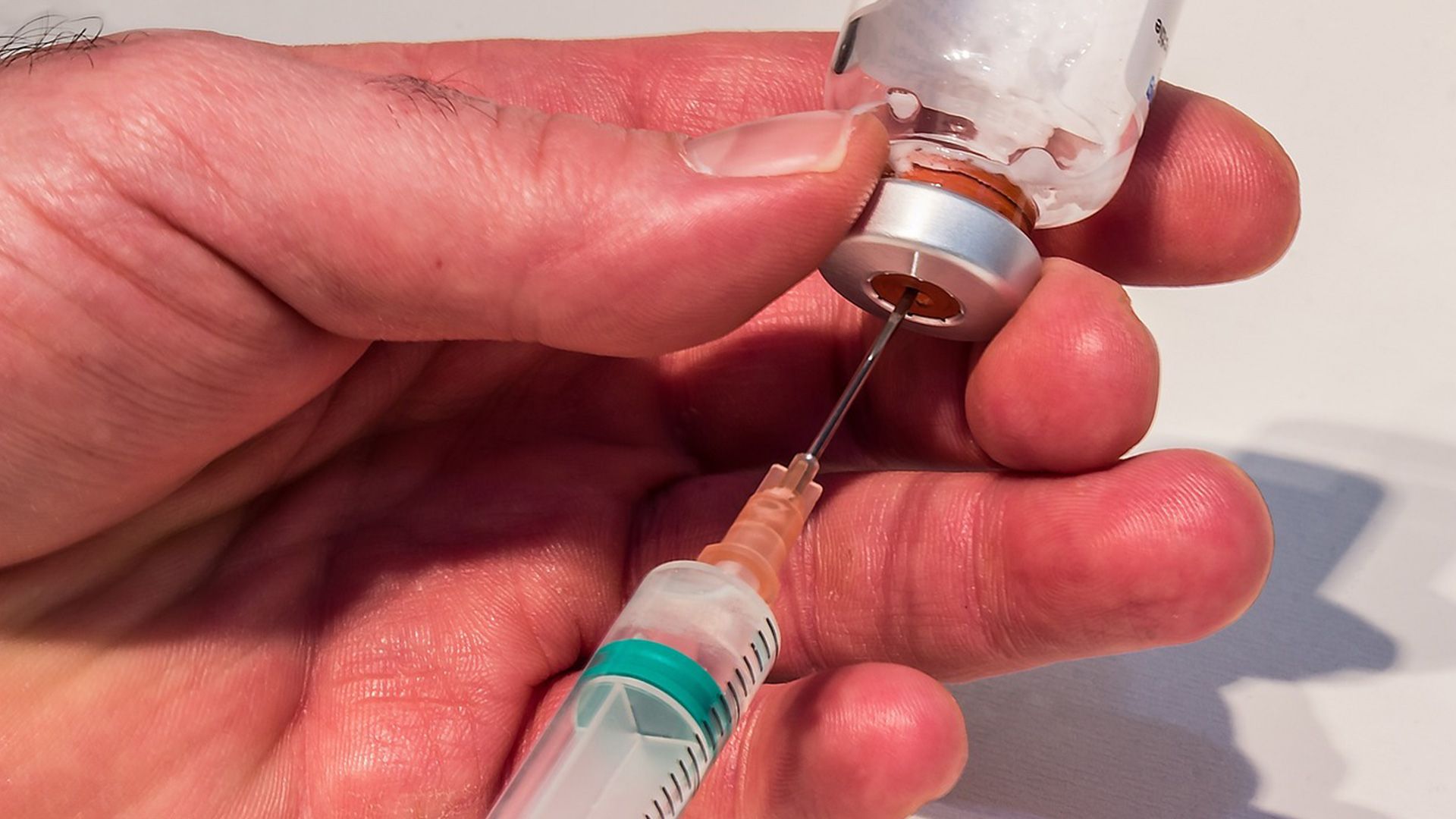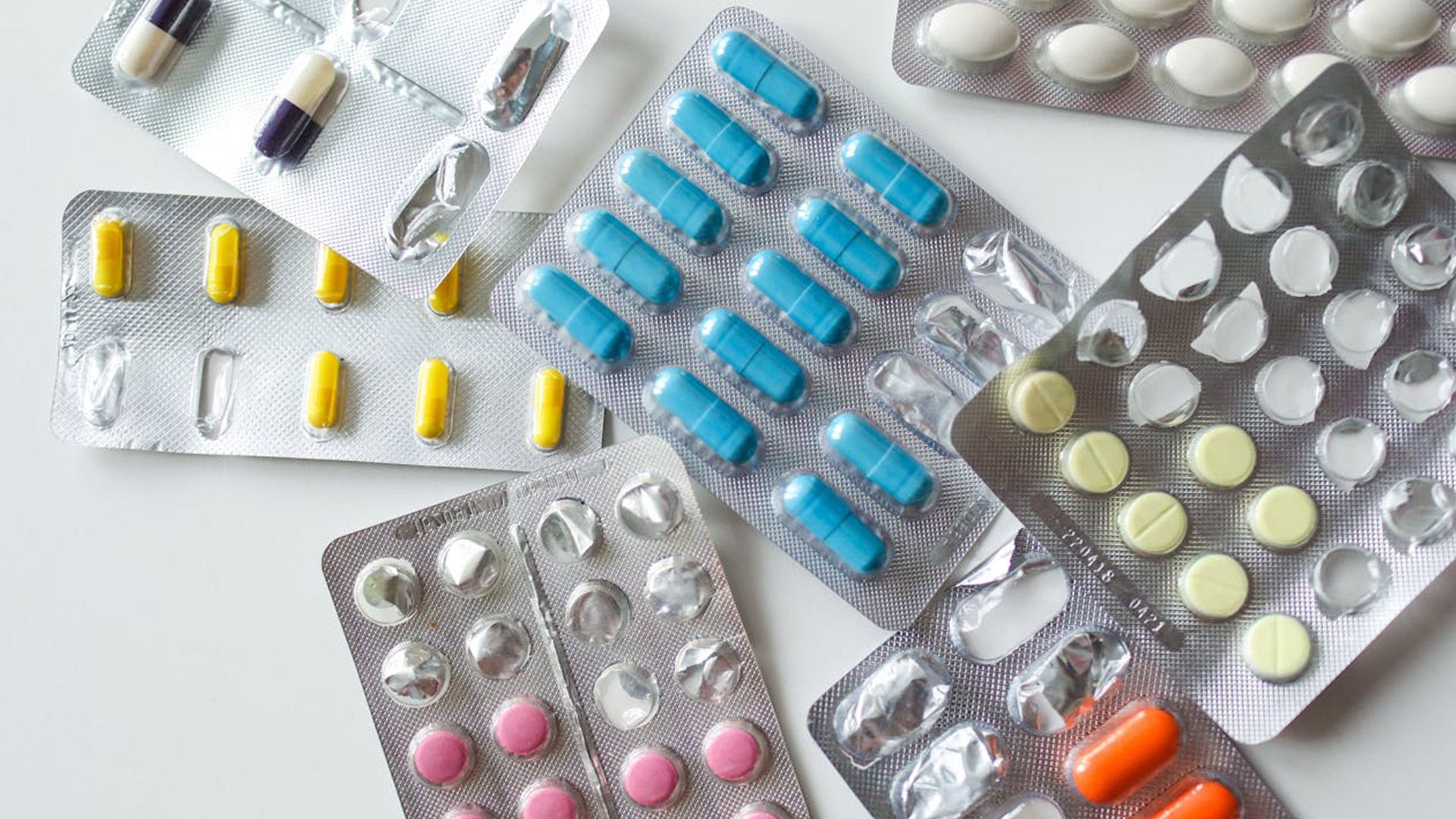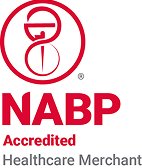Semaglutide and tirzepatide: these break-through medications are all over the media, in news articles, commercials, and even endorsements by well-known public figures who’ve successfully improved their health and weight with them. The medications are changing lives and the landscape of healthcare by tackling the obesity epidemic head on. Initially released as Type 2 Diabetes medications, semaglutide was FDA-approved in 2021 for weight loss, and tirzepatide followed in 2023.
Being available only as injectables didn’t seem to slow their popularity. However, with new options on the market, that may be put to the test. Sublingual semaglutide is available thanks to the specialized pharmacies helping to mitigate the manufacturers’ supply shortages.
But first, what is semaglutide, and how does it help people with their weight loss goals?
What is Semaglutide?As a treatment for Type 2 Diabetes, semaglutide regulates blood sugar in adults by mirroring the glucagon-like-peptide-1 (GLP-1) hormone.When the treatment was first tested as a Type 2 Diabetes treatment, researchers discovered an additional and repeatable effect—weight loss. Studies for semaglutide expanded into that area of research, and a second FDA approval was soon granted.
How Do GLP-1 Receptor Agonists Work?The small intestine produces the GLP-1 hormone, and it has a few purposes:
- Trigger insulin release from the pancreas
- Block glucagon
- Slow gastric emptying
- Increase feelings of fullness
Insulin lowers glucose (sugar) in the blood. If the pancreas cannot produce enough insulin, blood sugar rises. If the body doesn’t properly respond to insulin, blood sugar rises. This is called insulin resistance. If this resistance becomes strong enough, the result can be hyperglycemia, prediabetes, and Type 2 Diabetes.
Glucagon raises blood sugars when necessary. When metabolic imbalances occur, glucagon can be released when it’s not needed.
Rapid gastric emptying brings too much glucose from the food into the bloodstream. Slowing this process reduces glucose levels in the bloodstream.
When full, the brain experiences satiety, and the result is a pause to appetite cues sent to the rest of the body, resulting in longer periods between meals and lowered urge to snack or graze.
People with metabolic dysfunction have trouble with these four characteristics because their GLP-1 regulation may be out of balance.
GLP-1 receptor agonists work by imitating the GLP-1 hormone. Semaglutide is a synthetic version of the hormone, attaching itself to the GLP cell receptor to produce the proper purpose of GLP hormones in the body. The stronger the semaglutide dosage, the greater the medication’s effects, which are:
- Managing blood sugar levels by prompting insulin release in the pancreas
- Slowed digestion to decrease blood sugar spikes from fast gastric emptyingIncreased feelings of fullness so the brain’s appetite centers remain quiet.
Injectable Semaglutide
Initially, semaglutide was only available via injection just beneath the skin. This is called a subcutaneous injection. Since semaglutide was first approved, new delivery methods have come to the market.
Sublingual Semaglutide
This type of semaglutide is an oral semaglutide version that bypasses needles altogether.
Sublingual delivery involves placing the medication under the tongue for absorption through the mucous membranes in the floor of the mouth.
At EllieMD, we offer sublingual semaglutide drops as an alternative for those who prefer not to use or are unable to use self-injections.
Advantages of Sublingual SemaglutideThe non-invasive method of sublingual semaglutide delivery has several advantages over the original form of the medication.
- Providing an oral method of administration improves patient compliance and comfort.
- Administering the GLP-1 sublingually provides direct entry of the medication into the bloodstream through tiny capillaries in the floor of the mouth.
- Gastrointestinal discomfort is a commonly experienced side effect of GLP-1s. Sublingual semaglutide delivery bypasses the gastrointestinal tract and liver metabolism, which may help diminish the gastrointestinal effects.
- Entry through the sublingual tissues avoids first pass liver metabolism, resulting in higher bioavailability, which means a higher potential potency allowing for smaller dosages without reducing efficacy.
- Bypassing the stomach acids through sublingual administration also protects the medication from degradation by the stomach acids and digestive enzymes experienced by other medications in tablet form.
- Sublingual absorption is faster compared to the digestive form of many medications.
- Sublingual semaglutide is produced in compounding pharmacies, addressing supply shortage concerns, and may be more readily available than the injectable semaglutide doses.
Sublingual semaglutide has several significant benefits, many of which are related to heart health.
- Long-term weight management – Semaglutide studies show that it can be effective for managing weight loss and glycemic control for the long term, a promising outcome for people seeking to improve longevity, reverse chronic conditions, and improve well-being.
- Semaglutide reduces heart failure risk and improves symptoms.
- The GLP-1 reduces major adverse cardiovascular events (MACE) by 20% in people with established cardiovascular disease who are overweight or obese, even if they aren’t diabetic.
- Sublingual semaglutide helps adults with Type 2 Diabetes control blood sugar levels, slow digestion, decrease blood sugar spikes, and increase satiety cues in the brain.
- New science suggests semaglutide improves aspects of the structure and function of the heart, including left atrial volume, left ventricular diastolic function, and right ventricular size.
- These same studies are also finding semaglutide reduces inflammation significantly enough to improve heart failure-related symptoms, which leads to improving conditions surrounding physical limitations.
Have you been interested in semaglutide, but weren’t sure about self-injecting? Are you interested in learning more thanks to sublingual semaglutide?
Candidates for sublingual semaglutide are adults who have struggled to lose weight in the past, or who have found maintaining a healthy weight difficult despite diet and exercise. People who’ve tried losing weight in the past without achieving significant results may also benefit from sublingual semaglutide to escape the yo-yo dieting roller coaster.
People with Type 2 Diabetes or other metabolically dysfunctional disorders may also be prime candidates for sublingual semaglutide.
Certain medications may interact with semaglutide, so be sure to disclose your medications, including those over-the-counter, to your provider.
Patients with a history of pancreatitis, medullary thyroid carcinoma, multiple endocrine neoplasia syndrome type 2, diabetic ketoacidosis, or who are allergic to the medication’s ingredients could also be excluded from taking semaglutide.
Related Articles

Enjoying Holiday Meals on GLP-1 Medications
EllieMD
11/25/2024 - 5 min read
Mindful Eating: Silence the Food Noise and Tune Into Your Body
EllieMD
11/11/2024 - 5 min read
Exploring the Effects of GLP-1 and GIP Medications on Addiction
EllieMD
05/21/2024 - 5 min read
Understanding Off-Label Drug Prescriptions
EllieMD
05/21/2024 - 5 min read
Silencing Food Distractions
EllieMD
05/20/2024 - 5 min read
Protein: Your Key Ally in Weight Management
EllieMD
05/17/2024 - 5 min read© 2025 EllieMD LLC. All rights reserved.

